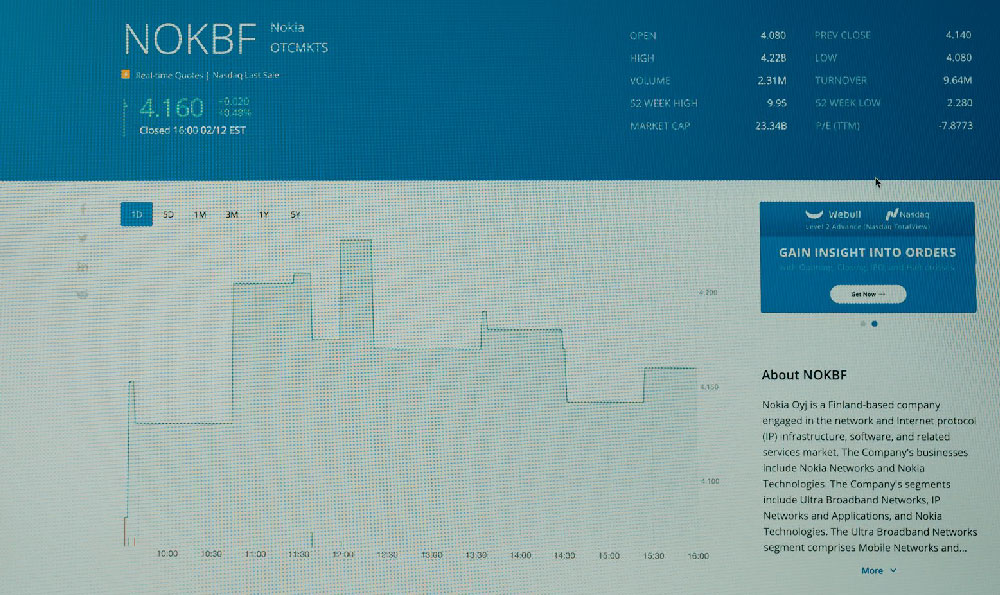How Much Time IS Part-Time? What's the Average?

Part-time employment, seemingly straightforward, often presents a blurry line when defining the actual hours worked. Unlike full-time positions, which typically adhere to a 40-hour workweek, part-time arrangements vary significantly across industries, companies, and even individual roles. Understanding the nuances of what constitutes "part-time" and identifying an "average" requires a deeper dive into labor laws, employer practices, and the evolving landscape of the gig economy.
There isn't a universally accepted legal definition for part-time work in many jurisdictions, including the United States. The Fair Labor Standards Act (FLSA), the cornerstone of US labor law, primarily focuses on overtime pay regulations for employees working over 40 hours per week. It doesn't explicitly define full-time or part-time status. This lack of a rigid legal framework leaves the determination largely to the discretion of individual employers.
Consequently, the range of hours considered part-time can be quite broad. Generally, any work schedule less than the standard full-time commitment is deemed part-time. However, the upper limit of this range is where ambiguity often arises. Some companies might classify employees working 35 hours a week as part-time, while others might draw the line at 30 or even 25 hours. This discrepancy can stem from several factors, including company policy, industry standards, and the specific job requirements. For example, in retail or hospitality, where flexible staffing is common, part-time roles might involve as few as 10-15 hours per week. Conversely, in professional services, a part-time arrangement could entail 30 hours a week, potentially with benefits packages that mirror those offered to full-time employees.

So, what about the average? Pinpointing an exact average number of part-time hours is challenging due to the lack of a consistent definition and the vast array of industries and job types. Government labor statistics often categorize workers based on whether they work full-time or part-time, but they rarely provide granular data on the specific number of hours worked by part-time employees. However, analyzing available data and considering common employer practices can provide a reasonable estimate. Various studies and surveys suggest that the average part-time worker in the US works between 20 and 29 hours per week. This figure represents a central tendency but doesn't capture the full spectrum of part-time arrangements. Some part-time workers might only work a few hours a week, while others might work close to full-time hours.
The rise of the gig economy further complicates the picture. Gig workers, freelancers, and independent contractors often work flexible hours on a project basis, blurring the lines between traditional employment categories. While some gig workers might consider themselves part-time employees, their working arrangements often lack the stability and benefits associated with traditional part-time roles. Furthermore, tracking their working hours can be difficult, making it challenging to incorporate them into average part-time hours calculations.
Beyond the numerical definition, the implications of part-time status extend to benefits, compensation, and job security. Part-time employees often receive lower wages and fewer benefits than their full-time counterparts. They may also face limited opportunities for advancement and less job security. However, this isn't always the case. Some companies offer pro-rated benefits packages to part-time employees, while others provide opportunities for professional development and career growth. The specific terms and conditions of part-time employment vary widely depending on the employer and the industry.
The decision to pursue part-time work often involves a trade-off between flexibility and financial security. Part-time jobs can be attractive to individuals seeking work-life balance, students needing to juggle work and studies, or parents requiring flexible childcare arrangements. However, it's crucial to carefully consider the potential financial implications and the availability of benefits before accepting a part-time position.
For employers, utilizing part-time workers can offer several advantages, including increased staffing flexibility, reduced labor costs, and access to a wider pool of talent. However, managing a part-time workforce effectively requires careful planning, clear communication, and a commitment to providing fair treatment and opportunities for growth.
In conclusion, defining "how much time is part-time" and determining an "average" is a complex exercise. While a general range of 20-29 hours per week represents a common threshold, the actual hours worked in part-time roles can vary significantly. Factors such as industry standards, company policy, and the rise of the gig economy all contribute to the ambiguity surrounding part-time employment. Ultimately, understanding the specific terms and conditions of a part-time position is crucial for both employees and employers to ensure a mutually beneficial and productive working relationship. The key takeaway is that part-time is a relative term, best understood within the context of the specific employment arrangement.













